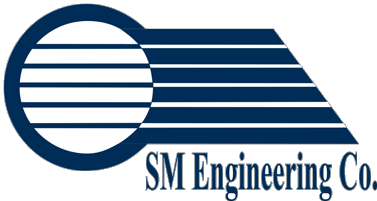
1. Use the Energy Star Portfolio Manager to track your energy use.
The federal government offers businesses a free, online tool to track their energy consumption. This comprehensive assessment tool helps you uncover opportunities to make your operations and energy use more efficient and maximize the team that oversees your energy consumption.
2. Implement an enterprise energy management (EEM) system.
Once you’ve established your baseline with the Energy Star Portfolio Manager, you may decide to invest in an enterprise energy management (EEM) system. An EEM system is a combination of software and hardware that tracks your water, electricity, natural gas, compressed air, and steam consumption in real time. This empowers you to manage costs, automate your facility’s demand-response protocols, and identify sudden spikes or declines in energy use.
3. Upgrade the control systems of your facility.
Manufacturers can take multiple, steps to control energy use within their sytsems. Most HVAC equipment can be programmed to adjust temperatures on weekends and holidays so facilities are not being heated or cooled when not in use. Manufacturing line equipment can also be programmed to automatically turn off when not in use. Motion-sensing lighting can save electricity costs, too.
4. Improve your operations and maintenance strategy.
Often, manufacturing facilities can uncover energy cost savings by improving their maintenance and building operations strategies. Doing so requires little or no financial investment, but it does require buy-in from leaders and employees. An efficient operations and maintenance strategy documents and systematizes routine maintenance and operations tasks. It also ensures staff receive training on how to implement the strategy, including specific instruction on how to maintain your facility’s equipment.
Routine maintenance tasks, such as changing filters and the inspection of process heating implements can help equipment run more efficiently. So can regular maintenance of motors, fan belts, and other mechanical parts.
Bonus: Audit your energy bills.
Another powerful way to save on energy costs is to confirm that you’re being billed appropriately and taking advantage of all available exemptions and discounts. An energy bill audit can uncover potential savings that operations and process assessments won’t.
Schedule your no-obligation energy bill audit with SM Engineering today. Our team of experts will analyze your bills and tour your facility to uncover energy cost savings.


